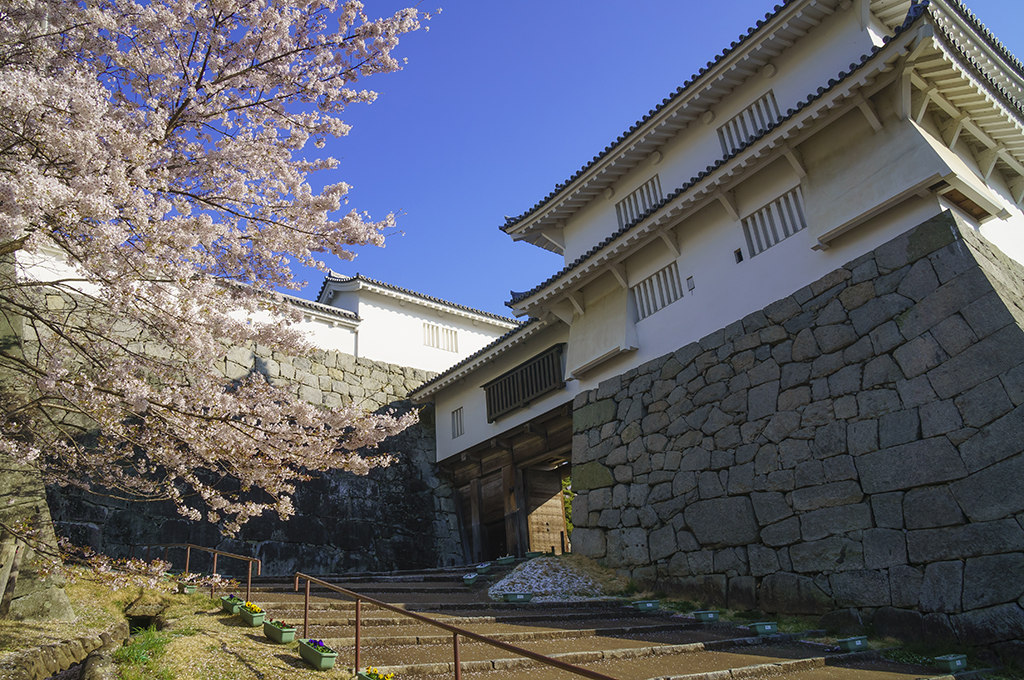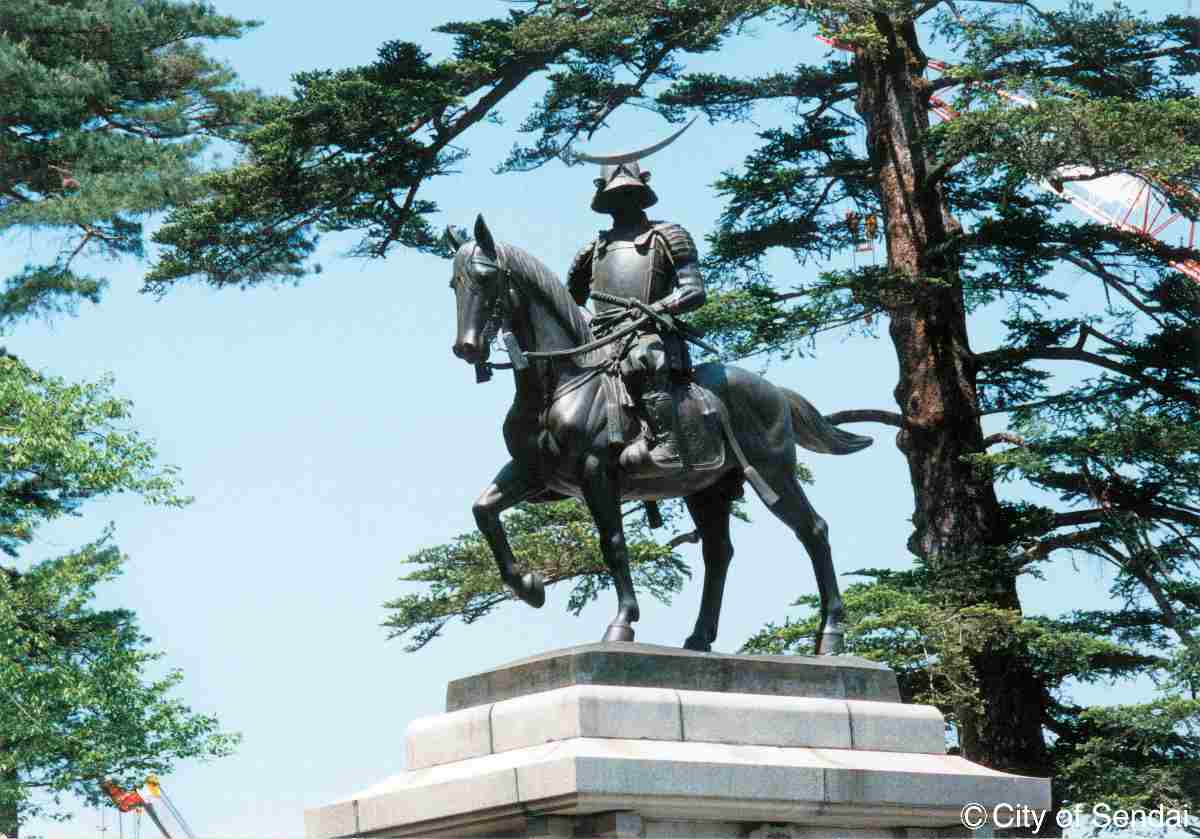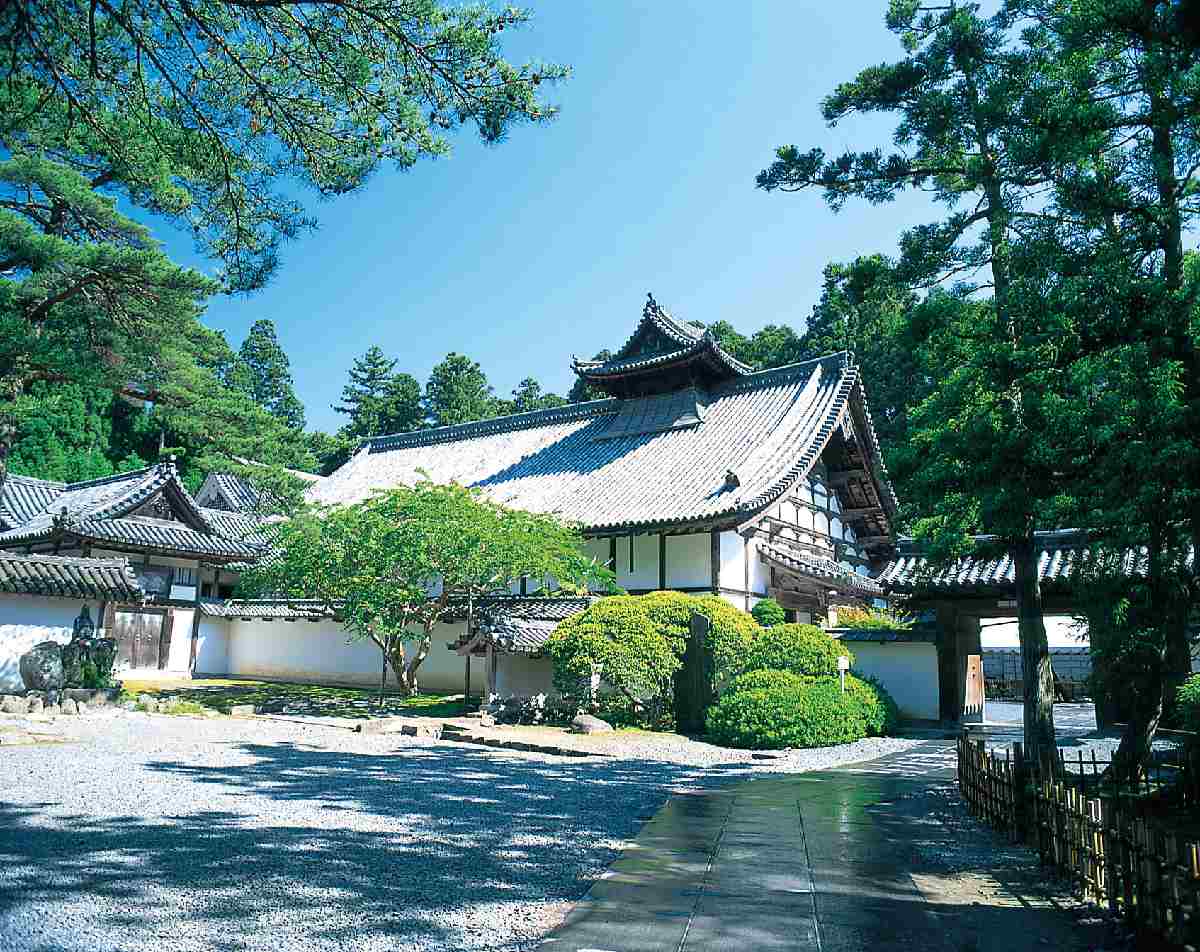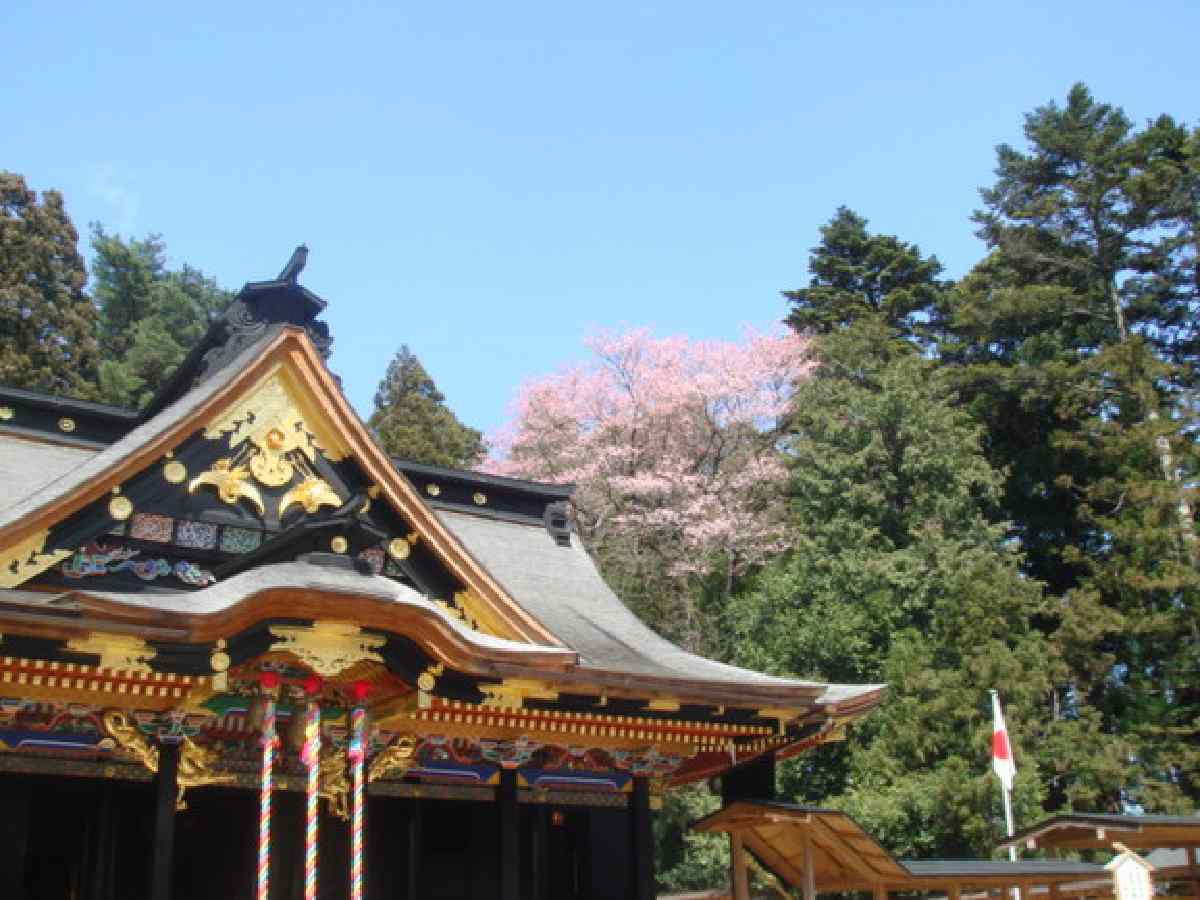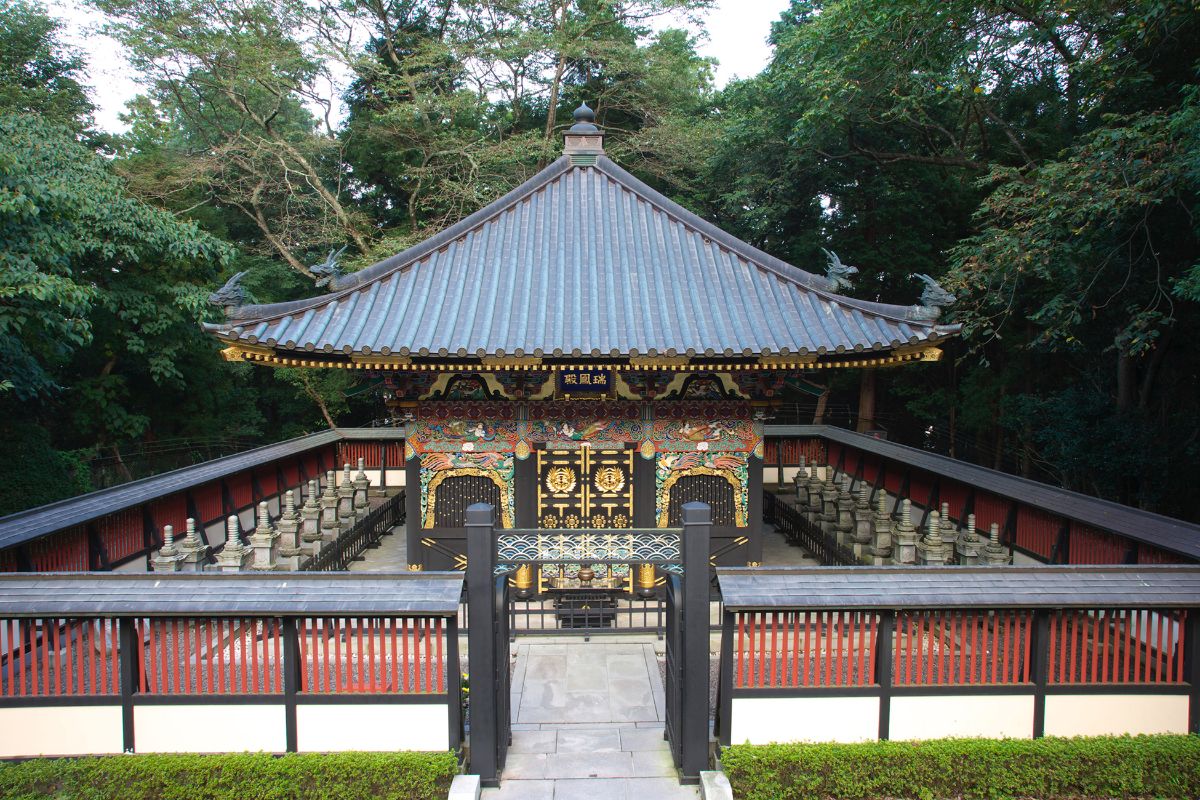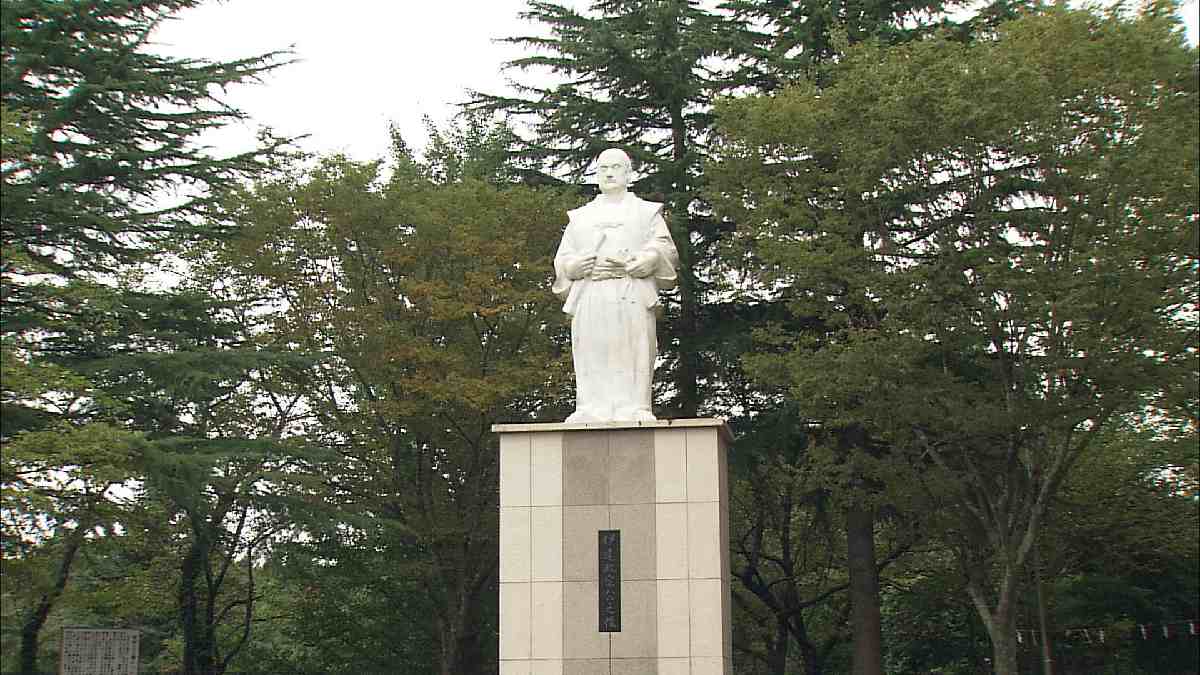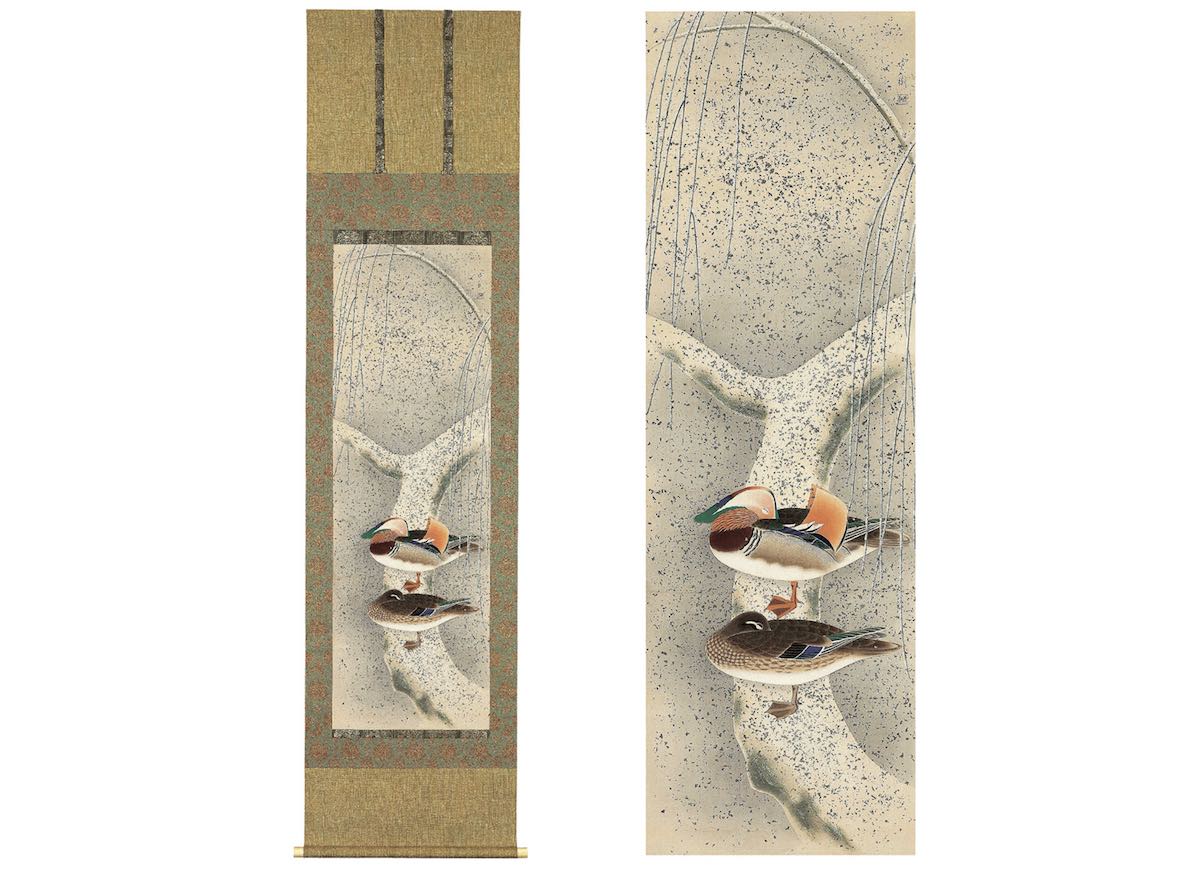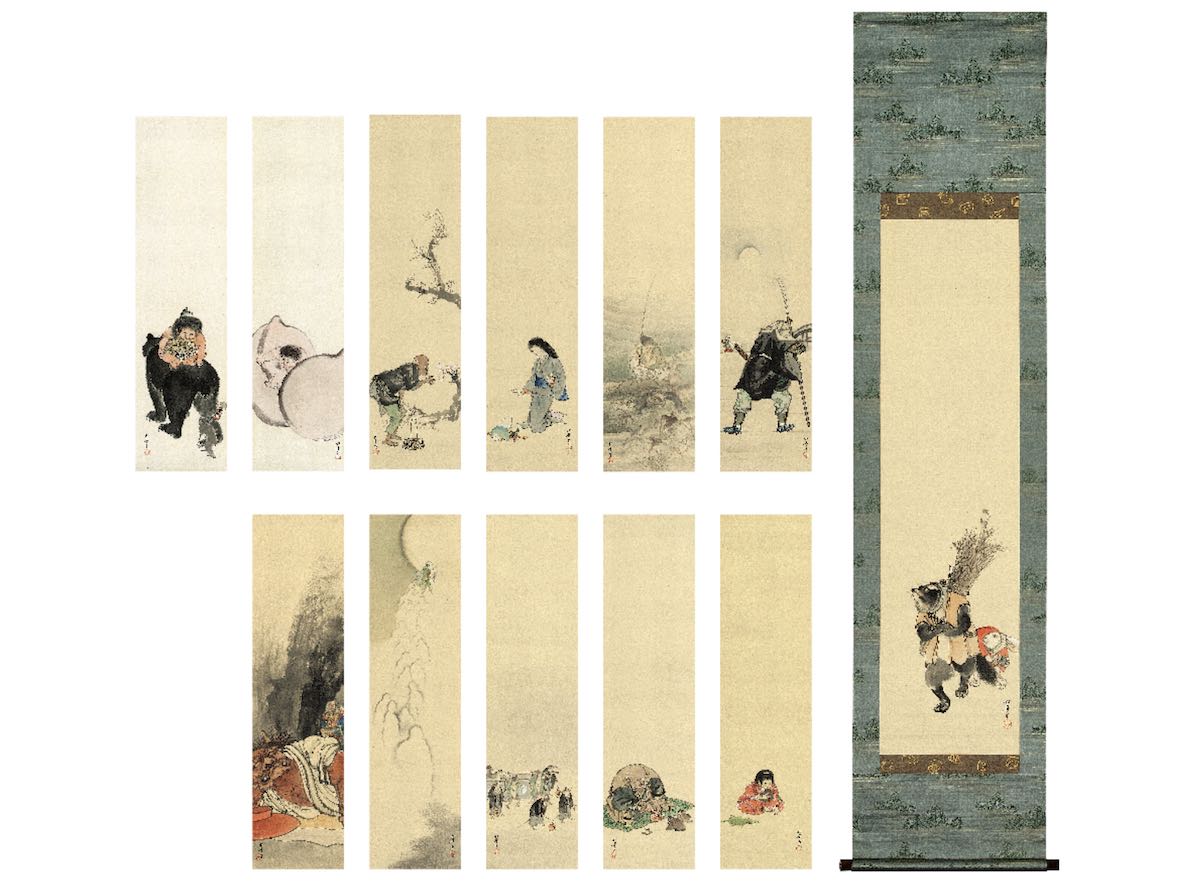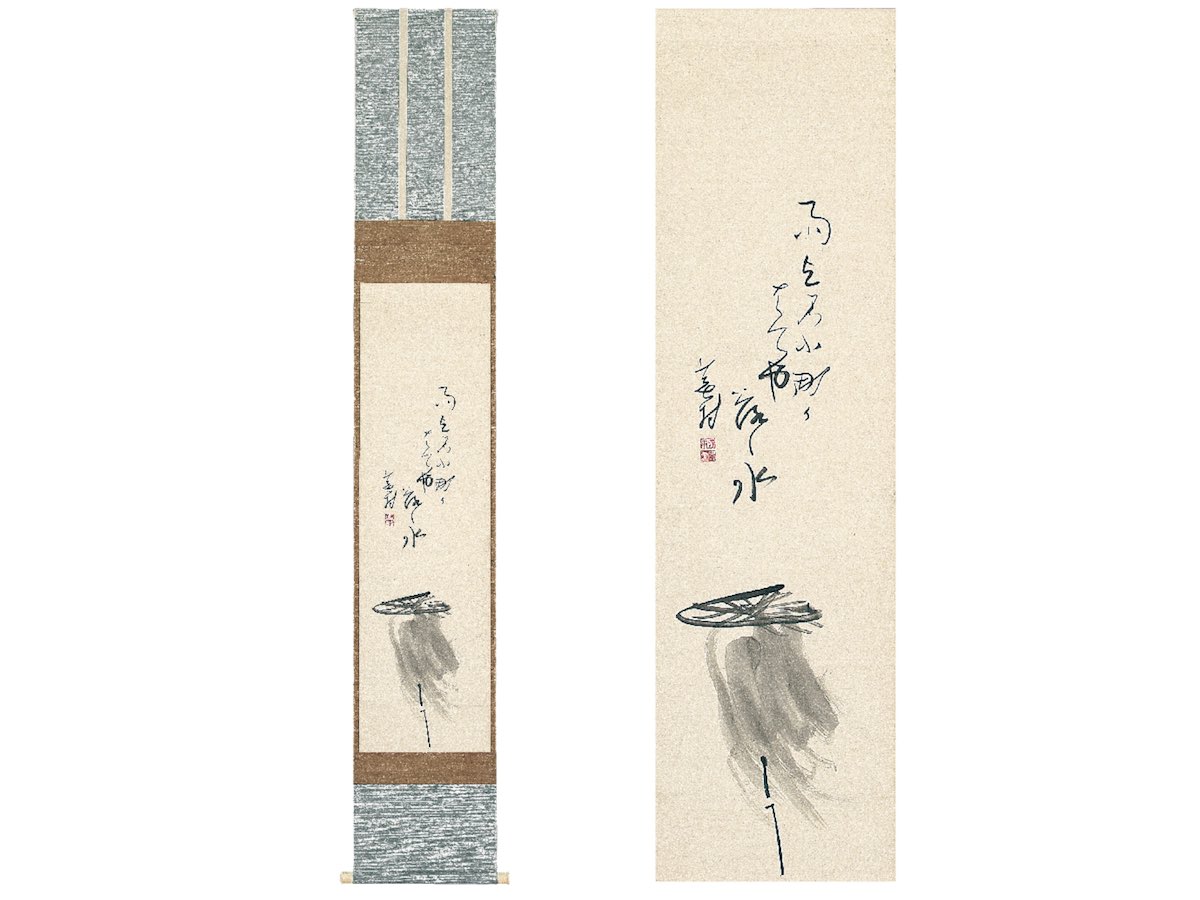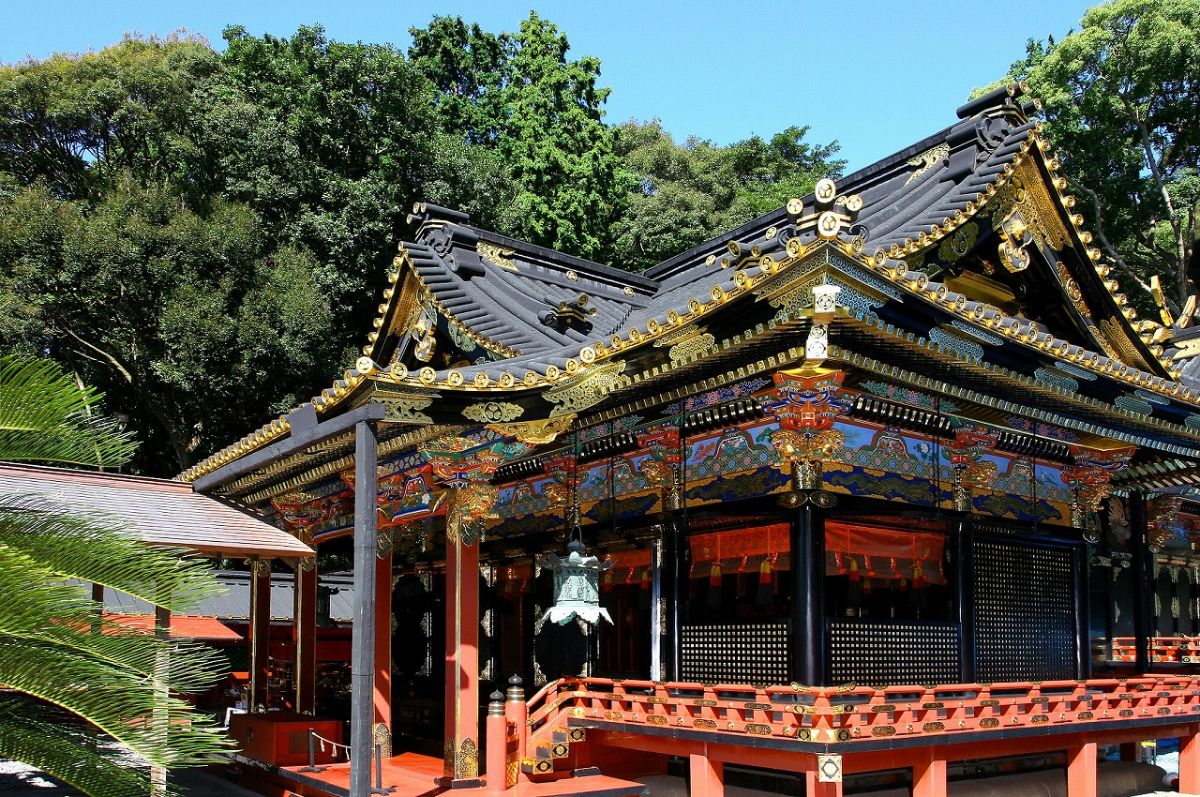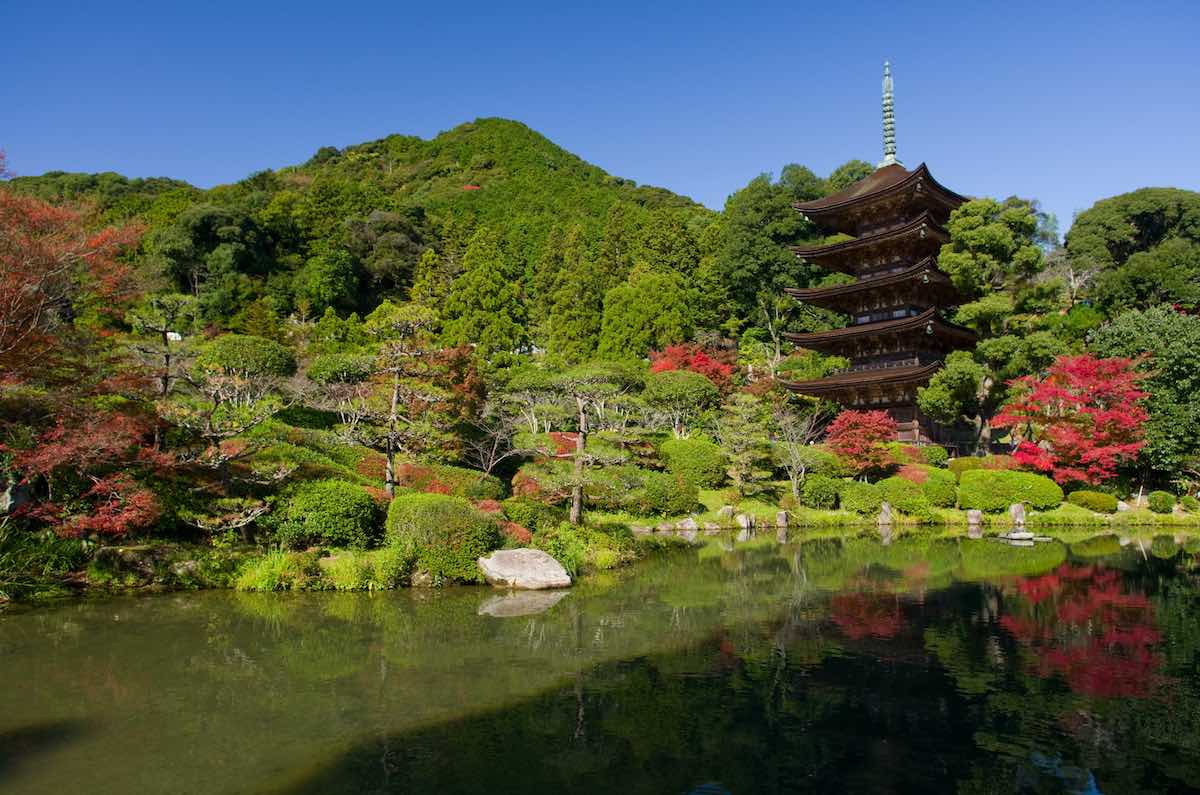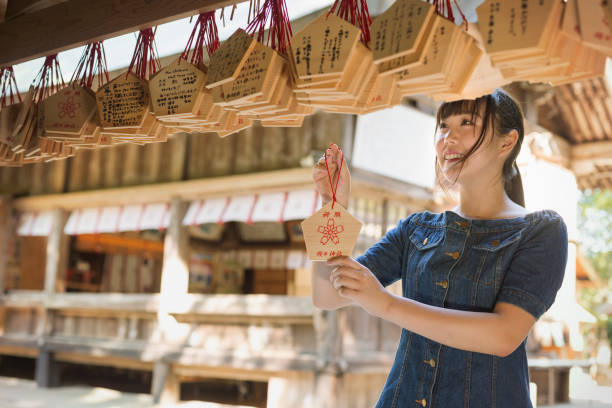Date Masamune : The Tough General Called The "One-eyed Dragon"
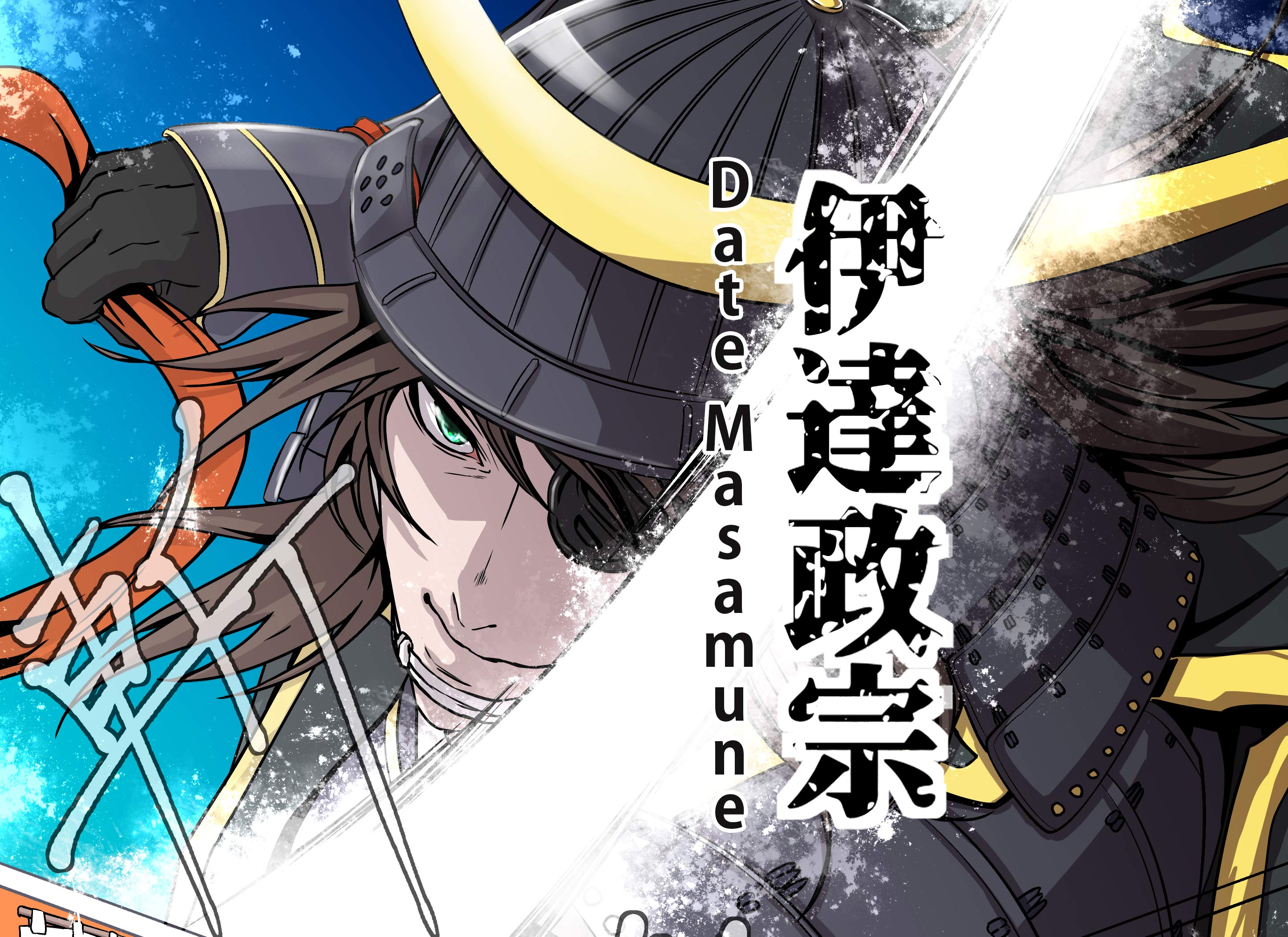
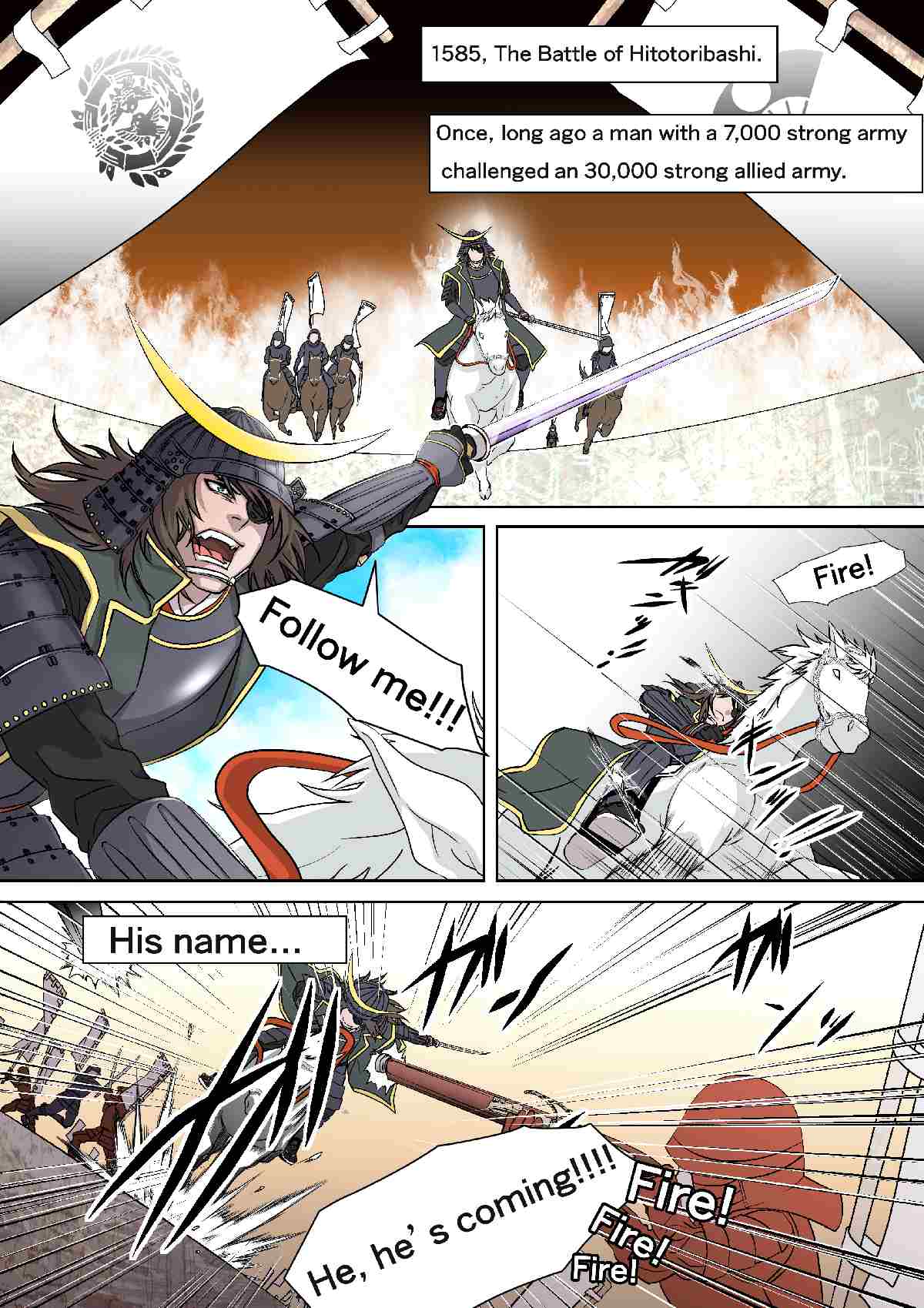
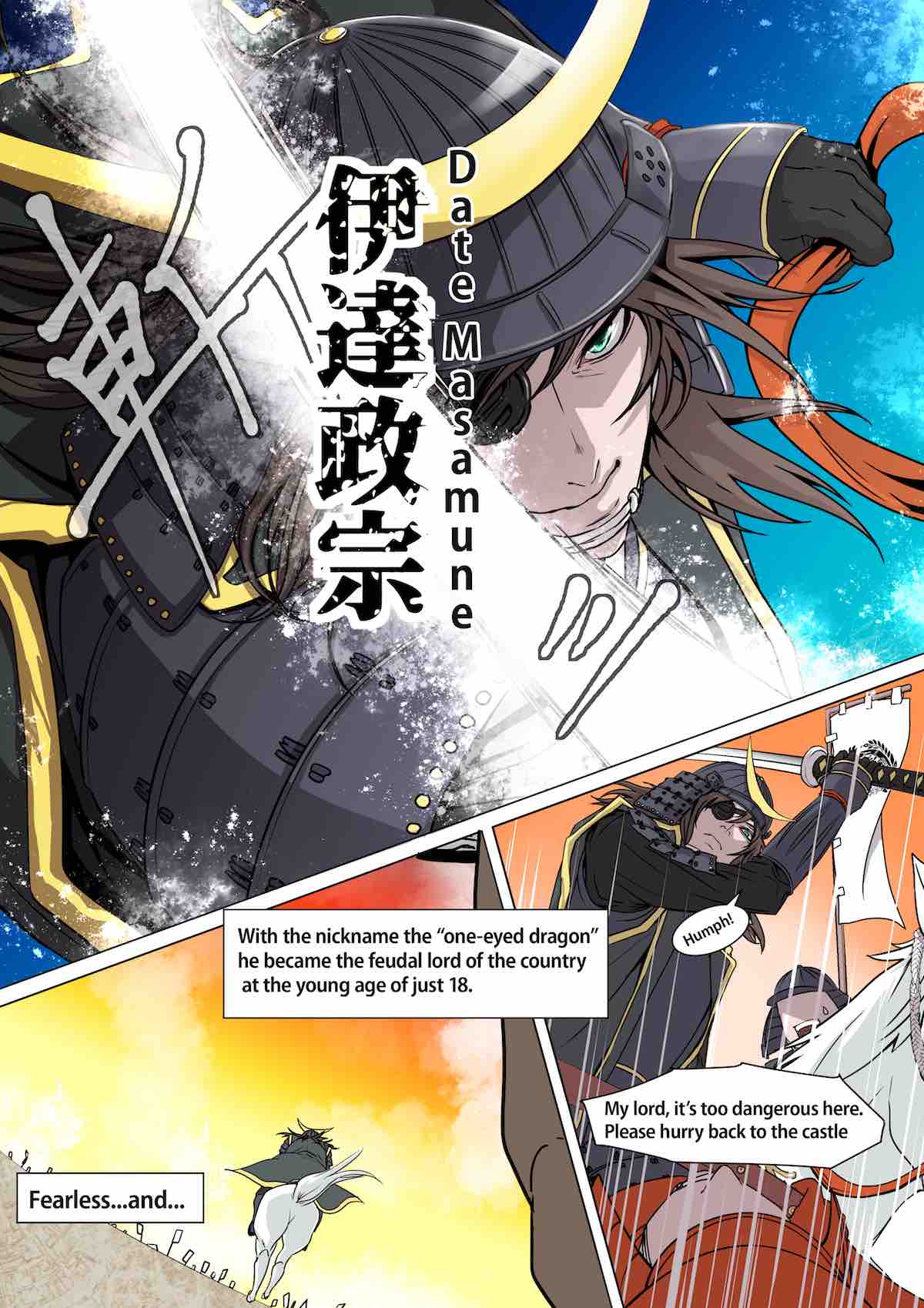
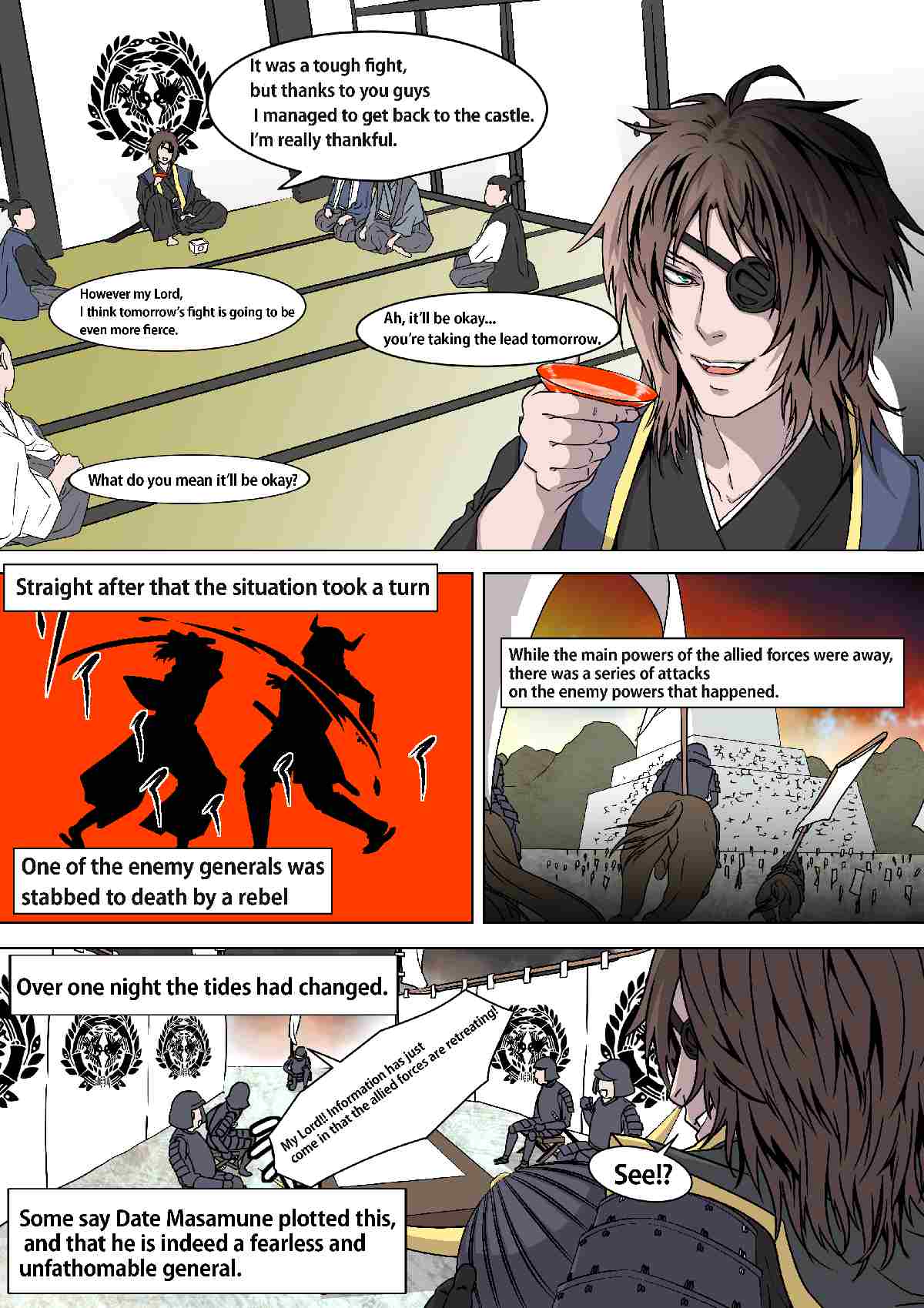
Date Masamune served many rulers, including Toyotomi Hideyoshi, Tokugawa Ieyasu, and Tokugawa Iemitsu. He led armies from a young age, and was a warrior reputedly adept at using his head, employing schemes and stratagems such as convincing enemies to switch sides before a battle.
So skilled was Date Masamune, that it is said it would have been hard to tell who would have become the supreme ruler of Japan had Date Masamune been born just 10 years earlier.
How He Learned To Overcome Weakness As A Child
Masamune was born on August 3rd, 1567 in Yonezawa, Yamagata Prefecture, and was heir to the lord of Yonezawa Castle. Japan at that time was in an era of constant warfare as powerful warlords like Oda Nobunaga sought to unify the country under their rule. His father, Terumune, summoned the famous monk Kosai Soitsu to educate his heir, Masamune.
As a young child, Masamune contracted the extremely infectious and lethal disease smallpox. While Masamune was fortunate enough to survive, it left his face scarred, and he lost sight in his right eye. He later came to be known as “Dokuganryu” (the One-eyed Dragon) due to his appearance.
At the time, those scarred by smallpox were shunned, and Masamune lacked confidence in himself because of his looks. Kosai tutored him in many subjects, including calligraphy, classical Chinese poetry, and military strategy, and also taught him what is most important in a person’s life.
Kosai: “How do you feel about your eye?”
Masamune: “I am ashamed of it.”
Kosai: “Why are you ashamed?”
Masamune: “It is ugly.”
Kosai: “I think it is your heart that is ugly. You are avoiding facing yourself honestly. If you wish to become strong, stop running away. First, you must overcome the weakness in your heart.”
Kosai’s lesson resonated strongly with Masamune. From then on, knowing of his own weakness, Masamune searched for and devised a way to overcome his weakness on his own, thereby acquiring true strength.
Head Of The Date Clan At 18, Expands Date Territory To Its Largest Extent At 23
In the fall of 1584, at the young age of 41, Terumune handed over control of the family to his son Masamune, making Masamune head of the Date clan at the age of 18.
In the Tohoku Region at that time, many powerful lords held their own castles, and they were surrounded by forces of small to medium sizes.
In the midst of this conflict in 1585, Terumune was killed by Hatakeyama Yoshitsugu, lord of Nihonmatsu Castle in Fukushima Prefecture, and Masamune embarked on a fight for revenge called the Battle of Hitotoribashi.
Nihonmatsujo Castle, is one of the top 100 castles in Japan, being a rarity in the Tohoku region ...
The Date side set out with a force of 7,000 men, including a siege corps. They intercepted the opposing side’s combined army of 30,000 men at the Hitotoribashi Bridge spanning the Seto River. The Date forces somehow managed to bring the battle to a stalemate. That night, the commander of the combined army, Satake Yoshimasa, was unexpectedly assassinated by a servant. This caused the Satake camp to lose their will to fight all at once and abandon the decisive battle with the Date, withdrawing its forces.
Having won as a result, Masamune took possession of Nihonmatsu Castle the following year, gaining a foothold from which to assault his long-desired target of Aizu. After several more battles, in 1589 he finally defeated Ashina Yoshihiro, who boasted the largest forces in Aizu, in the battle of Suriagehara at Ou located south of Date territory.
With this, nearly all of southern Tohoku, with the exception of Soma clan territory, came under Masamune’s control, and at the young age of 23, 5 years after becoming head of the clan, he expanded the territory of the Date clan to the largest extent in its history.
Magnificent Buildings And Masamune’s Economic Reforms
In 1600, the 35-year old Masamune began constructing a castle in Sendai, completing Sendai Castle and its magnificent great hall in 1610.
While most of the structures have been lost in the present day due to war damage, etc., the exterior has been restored, and the Sendai Castle ruins were designated a national historic site in 2003.
Sendaijo Castle, the symbol of Sendai city, was constructed by famous daimyo Masamune Date, leade...
To build Sendai Castle, Masamune invited experts in architecture, painting, and the arts from the Kyoto area, and in addition to building the castle, they also participated in building shrines and temples supported by Masamune. Looking at Zuigan-ji Temple and Osaki Hachimangu Shrine, one can clearly see that Masamune brought Momoyama culture to the Tohoku region, creating beautiful buildings.
The opening of Zuiganji Temple goes back to the early days of the Heian Period. During this time,...
Osaki Hachimangu Shrine built by Date Masamune is famous for it’s typical “Date” culture design b...
Masamune not only built his castle, he also carried out a major project to change the course of the Kitakami River, and cultivated wilderness to open up new farmland. Where the new main course of the Kitakami River flowed into the sea, he built up the city of Ishinomaki into a port to carry the annual rice tax to Edo, etc. These efforts by Masamune brought great prosperity to the Sendai Domain. The Sendai castle town created by Masamune flourished at its center.
Places associated with Date Masamune
Sendai City Museum
There are 4 helmets actually owned by Date Masamune that survive, and they can be seen at Sendai City Museum in the remains of the outer compound of Sendai Castle at the foot of Mt. Aoba. This museum presents the history and art of Sendai, and it has a wide range of Masamune’s relics and cultural properties associated with the Date clan in particular.
There are 4 helmets actually owned by Date Masamune that survive, and they can be seen at Sendai ...
Zuihoden
Zuihoden is the ornate mausoleum of Masamune located in Sendai, Miyagi Prefecture. It is surrounded by rows of memorials for 20 retainers who followed him in death. Also, the both beautiful and intelligent Megohime, the legal wife of Masamune who had married into the family when Masamune was 12 also rests here.
The Zuihoden Mausoleum was erected in honor of Date Masamune and his heirs who ruled over the Se...
Iwadeyamajo Castle
Iwadeyama Castle was Date Masamune’s base of operations for about 10 years before he built Sendai Castle. Following Masamune’s move to Sendai Castle, it was called Iwadeyama Stronghold, and was ruled by the kindred Iwadeyama Date clan.
This castle was Date Masamune’s base of operations for about 10 years before he built Sendai Cast...
What Is The Meaning Behind The Crescent Moon?
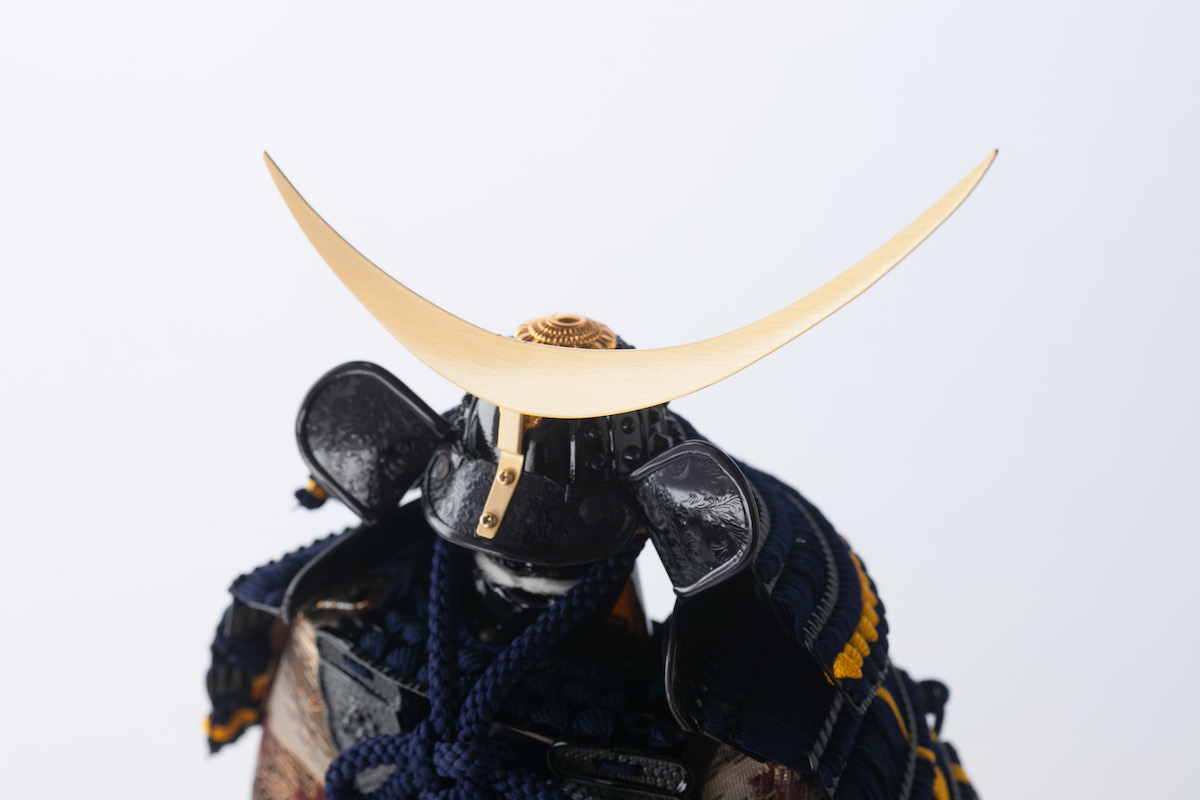
A warrior is inseparable from his armor and helmet. Date Masamune’s helmet is decorated with a large golden crest in the shape of a crescent moon. Heavenly bodies like the stars and moon are also symbols of the gods, and they were often incorporated into emblems and insignia at the time in the hope of receiving their favor.
When Masamune was born, Terumune made his emblem a red circle on a white field. The design closely resembles the current Japanese flag. The sun emblem and moon crest are believed to represent Terumune’s wishes for his son’s success and protection.
The moon also appears in Date Masamune’s death poem: “With the cloudless moon of my heart shining a guiding light in the darkness of this fleeting world, I set out (With the light of the moon as my guide in the darkness of this age of war, I followed the path I believed in unwaveringly throughout my life).”
Perhaps it was the favor of the kami which allowed him to live to the age of 70, which was rare at the time.
He was also a zealous general who always moved forward, guided by his own conscience, and this may be why he was considered one of the people who could have attempted to unify Japan.
“Bottle Armor” Presenting An Authentic Japanese Tradition In A Modern Style
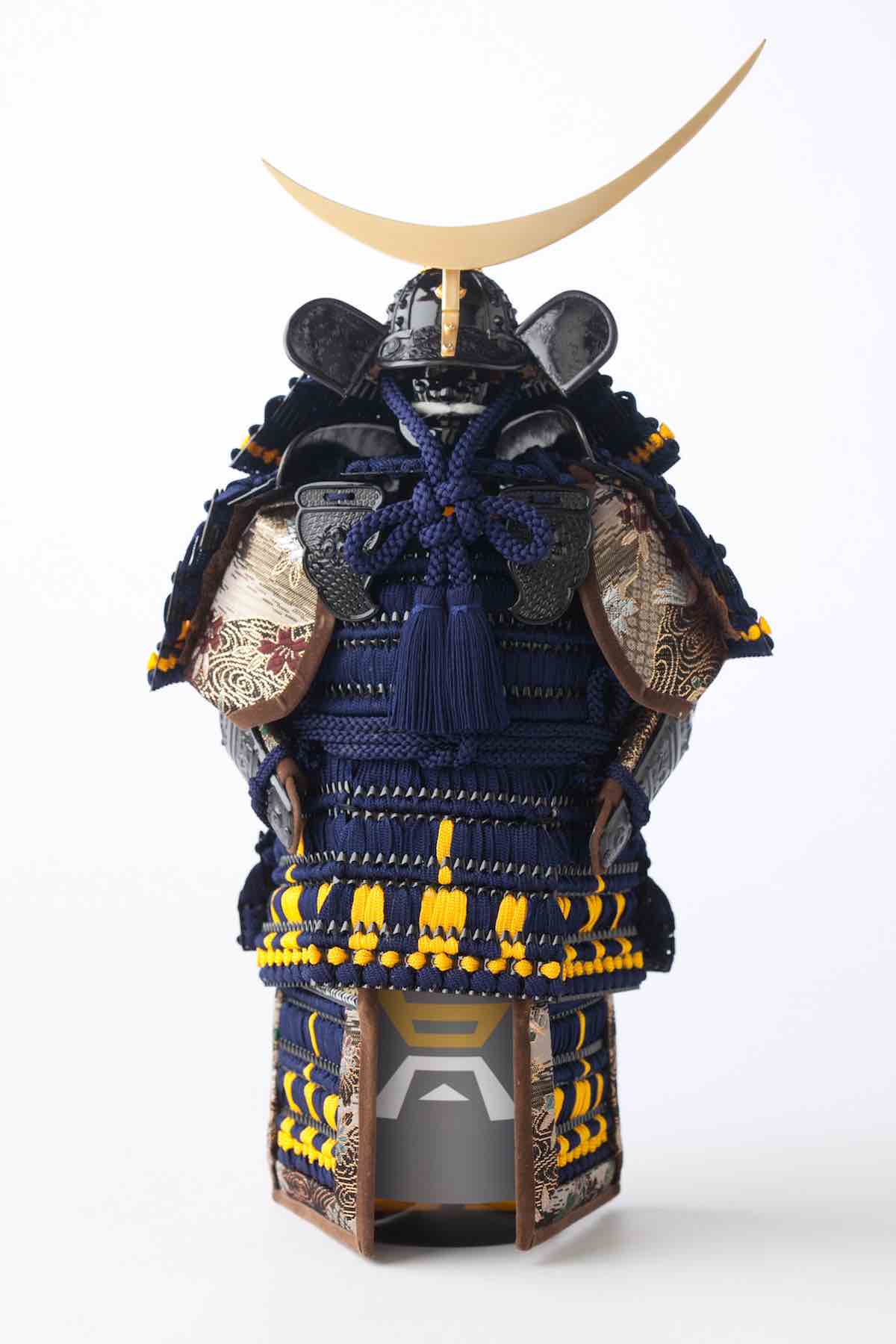
Date Masamune’s suit of armor and its gleaming moon crest symbolizing success and protection has been revived as Bottle Armor by artisans. This miniature suit of armor is put on a bottle of sake or other beverages. Each part is made by hand, and the craftsmanship is extremely fine.
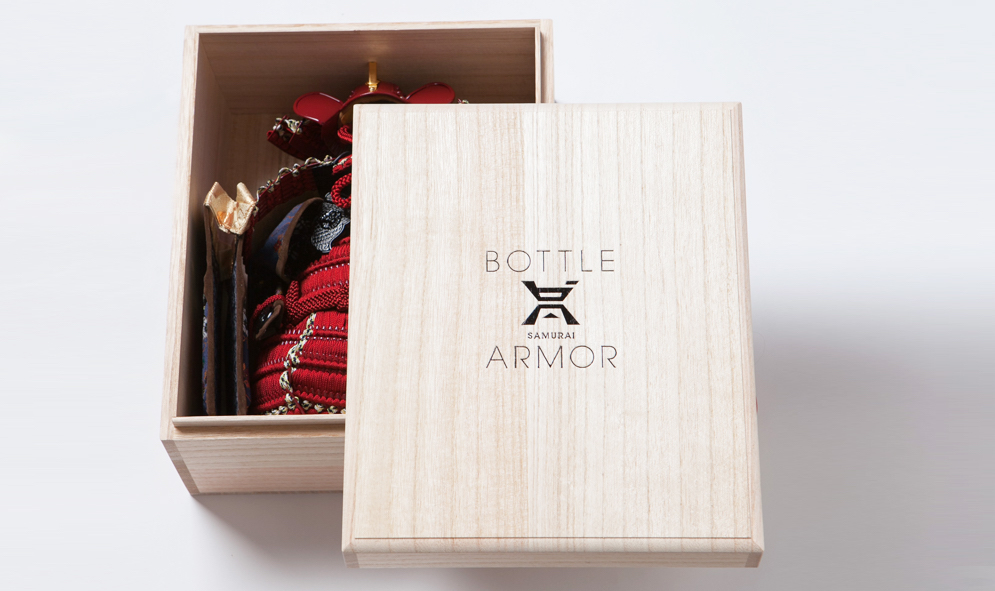
With Bottle Armor, you can communicate feelings that cannot be fully expressed in words to someone special.
They are popular presents to celebrate births and children or grandchildren starting school, as well as to commemorate 20th birthdays.
*They are packaged in specially-made paulownia wood boxes made by the same first-rate craftsmen who created the boxes for the crown prince’s engagement gifts, imparting an air of class and luxury.
There are 3 sizes:
• Standard sake bottle (about 15.7 in/40 cm 1.8L)
• Mini bottle (height: 37 cm/14.5 in 750ml)
• Mini gold bottle (height: 37 cm/14.5 in 750ml)
Sponsored Links
Unmissable Tours
Expand your horizons by interacting with diversity. Take a look at guided tours on which you can connect personally with the guides and have truly extraordinary experiences.
Search
